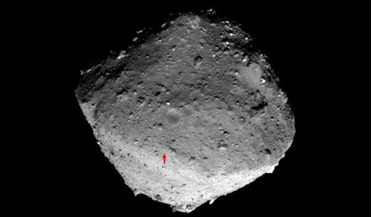 21 February 2019
Hayabusa2 starts descent towards Ryugu
21 February 2019
Hayabusa2 starts descent towards Ryugu
Hayabusa2, Japan’s audacious asteroid sample-return spacecraft, is getting ready to collect a chunk of ancient asteroid by steadily descending from its “home position” of 20 kilometres above Ryugu as it heads towards the rocky surface at a steady 90...
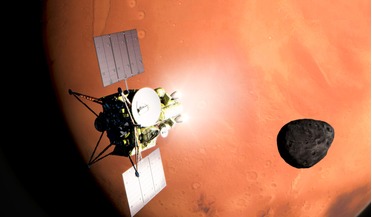 21 February 2020
MMX mission gets green light to land on Phobos
21 February 2020
MMX mission gets green light to land on Phobos
... then head back to Earth so the sample can be analysed by scientists. This will be an advancement on the recent Japanese Hayabusa 2 mission which saw the spacecraft touch the asteroid surface only briefly to gather a minimal sample of 0.1 gram...
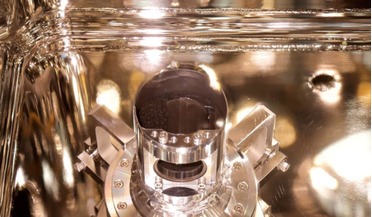 16 December 2020
Hayabusa2 delivers first-ever gas sample from an asteroid
16 December 2020
Hayabusa2 delivers first-ever gas sample from an asteroid
... in the Australian outback, Japanese scientists eagerly awaited the arrival of a return capsule dispatched from the countries Hayabusa-2 mission as it neared Earth. To everyones relief, when the capsule was opened two days ago, scientists found...
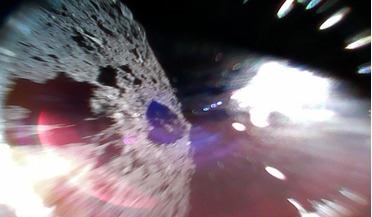 24 September 2018
Hayabusa2 rovers land successfully on Ryugu
24 September 2018
Hayabusa2 rovers land successfully on Ryugu
Touchdown! The Japanese spacecraft Hayabusa2 which has been in orbit around the near-Earth asteroid Ryugu since June, has successfully deployed two small rovers that have landed safely on its surface. The small, round, delicate-looking probes made a...
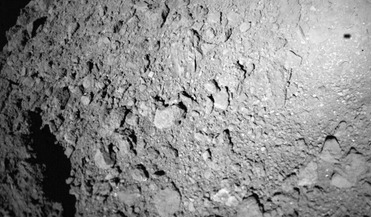 10 October 2018
MASCOT successfully surveys the surface of Ryugu
10 October 2018
MASCOT successfully surveys the surface of Ryugu
It had a big job to do in a small amount of time, and the 16 hour window in which the Mobile Asteroid Surface Scout (MASCOT) had to study the surface of Ryugu was soon over. But that was enough, and the shoebox-size probe which had hitched a ride ...
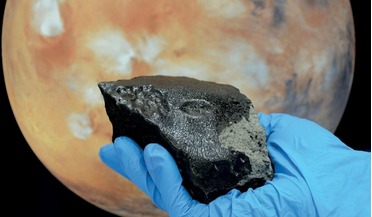 September 2017
Europe needs facility to handle extra-terrestrial space material
September 2017
Europe needs facility to handle extra-terrestrial space material
... missions and their 382 kg of lunar rocks; of comets with the Stardust mission; and of asteroids with the Hayabusa mission. Until now, sample return missions have been led mostly by NASA in the US, by Roscosmos in Russia and...